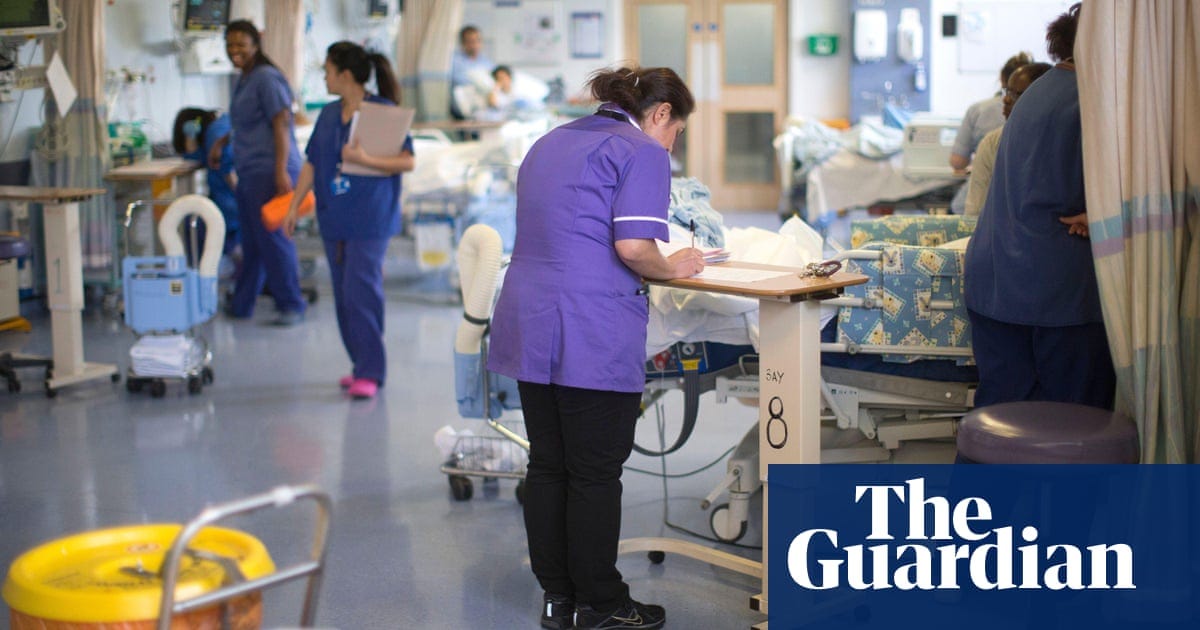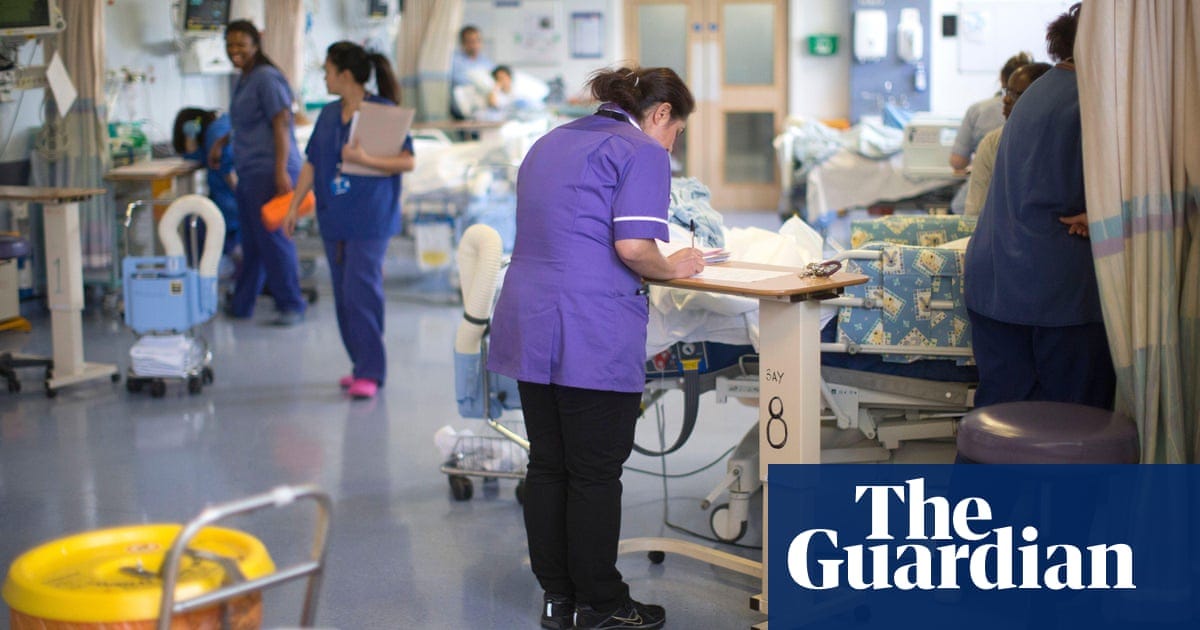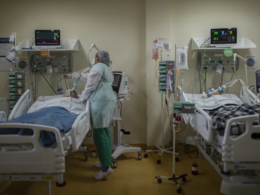Health Strategy Institute (HSI)
knowledge portal unit
research and strategy institute for
in-person health strategy and
digital health strategy
Joaquim Cardoso MSc
Chief Research and Editor for
Health Strategy Institute — Knowledge Portal;
Chief Strategy Officer (CSO) for
Health Strategy Institute — Consulting Unit
Senior Advisor — for Boards and C-Level
June 30, 2023
The NHS has introduced a 15-year workforce plan to address staff shortages and improve services.
- The plan aims to fill over 100,000 vacancies and create additional positions to meet future demand.
- By 2037, the plan aims to have an additional 300,000 doctors, nurses, and health professionals in the NHS.
- The plan aims to reduce reliance on international recruitment to around 10% of the workforce — and expensive agency staff.
The plan focuses on training, retention, and reform.
- Medical school places will increase to 10,000 by 2028 and 15,000 by 2031.
- Adult nursing training places will expand to nearly 28,000 by 2028–29 and nearly 38,000 by 2031–32.
- Apprenticeships, including doctor apprenticeships, will be expanded to make up 20% of clinical training.
- Dentistry training places will increase by 40% to over 1,100 annual places by 2031–32.
Retention efforts will focus on pensions reform and addressing staff concerns about overwork and bullying.
The plan will receive £2.4bn in extra funding over the next five years.
- It is expected to generate savings, such as reducing spending on temporary agency staff by £10bn.
The plan has received a cautious welcome, but some criticize the delay in addressing staffing issues.
- Concerns include the slow implementation timeline and the plan’s lack of focus on pay.
- There are concerns about a bottleneck in training and potential risks to patient safety.
- Questions remain about the availability and continuity of funding beyond 2028 and infrastructure improvements.

What is the NHS workforce plan and what has been the reaction?
The Guardian
Rachel Hall
June 30, 2023
Cautious welcome for long-awaited plans to plug staff shortages — but the ‘elephant in the room’ is pay
It has been six years in the making, but finally ministers’ big pitch on how to fix the NHS is here in the form of a 15-year plan to plug the staff shortages that are contributing to crumbling services.

What is the plan?
The 151-page NHS workforce plan sets out how thousands more doctors and nurses will be trained in England. It is intended to fill more than 100,000 doctor, nurse and other health worker vacancies and create more to pre-empt future increased demand, save on expensive agency staff and reduce the health service’s increasing reliance on foreign workers.
Unveiling the plan, Rishi Sunak described it as the “most ambitious transformation in the way we staff the NHS in its history”. The prime minister said it would “protect the long-term future of the NHS and this country” by responding to the increased strain that an ageing population is putting on the health service.
The document states that the number of people over the age of 85 is expected to grow by 55% by 2037, and that this risks resulting in a shortfall of between 260,000 and 360,000 staff by 2036–37.
The document states that the number of people over the age of 85 is expected to grow by 55% by 2037, and that this risks resulting in a shortfall of between 260,000 and 360,000 staff by 2036–37.
The plan, which will be refreshed every two years, sets out how the NHS will have 300,000 extra doctors, nurses and other health professionals by 2037. It will achieve this in three key ways: training, retention and reform.

How does it work?
The number of places in medical schools each year will rise from 7,500 now to 10,000 by 2028 and 15,000 by 2031, focused on areas where there are too few doctors.
There will be a big expansion in adult nursing training places, taking the total number each year to nearly 28,000 by 2028–29 and nearly 38,000 by 2031–32. This is part of a broader plan to increase the number of nursing and midwifery training places to about 58,000 by 2031–32.
There will also be the NHS’s biggest expansion of apprenticeships, including new doctor apprenticeships, with a goal that 20% of all clinical training will be done through these, up from 7% at present. Five-year medical degrees may be shortened by a year.
There are plans to expand dentistry training places by 40% so that there are more than 1,100 annual places by 2031–32, and possibly to introduce a tie-in period requiring dentists to commit to delivering several years of NHS care after graduation.
Training more NHS staff domestically is intended to reduce reliance on international recruitment from nearly a quarter of staff at present to about 10% of the workforce.
On retention, the goal is to keep 130,000 more staff in the NHS over next 15 years through pensions reform, which will make it easier to partially retire or to return to work, and culture change to address staff concerns about overwork and bullying.

How will it be funded
The NHS will receive £2.4bn in extra funding over the next five years to pay for the planned increase in health professionals, which will also include the training of many more midwives and physiotherapists.
The idea is that the plan will generate some savings, for instance by reducing spending on temporary agency staff by £10bn.

What has the reaction been?
The plan has met with a cautious welcome from many health leaders, not least because it is seen as long overdue — ministers first promised to publish a long-term strategy to tackle understaffing in 2017. NHS bosses have been saying in recent years that a lack of staff is the greatest hindrance to patient care.
Compared with other OECD countries, the UK is well below the average for numbers of nurses and medics for the population size. There are concerns that the plan will not address the problems quickly enough: medical schools will not start admitting the extra students until September 2025 and it is unknown when universities will begin educating 10,000 extra would-be nurses each year.
The elephant in the room, according to the Hospital Consultants and Specialists Association, is that the plan does not address pay, which has been the subject of a wave of strikes this year. The British Medical Association said this was “illogical and uneconomical” as it would not stop the exodus of doctors from the profession.
The HCSA said there was already a bottleneck of trainees unable to progress into specialisms due to a lack of consultants and placements to train them, and the plan was “worryingly vague” on how it would address this. Plans to have some medical work carried out by non-doctors could put patients at higher risk, the union said.
Some experts have questioned when the promised £2.4bn will become available and whether future governments will continue to provide it after 2028, while others have expressed concerns that the planned productivity gains will not be backed by sufficient funding to improve infrastructure.
Originally published at https://www.theguardian.com on June 30, 2023.












